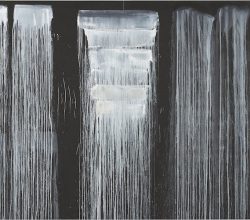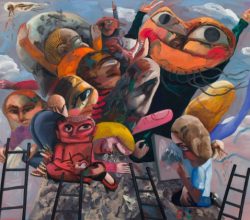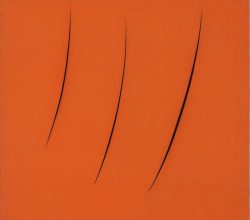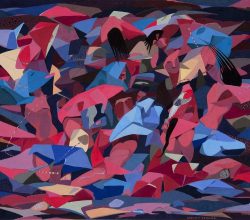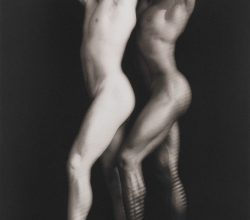
Robert Mapplethorpe was one of the most controversial artists of the ’80s. Now he looks entirely innocent.
Philip Kennicott | The Washington Post | 24th January 2019
A fine essay on Mapplethorpe’s art. “Was he an art-world dandy who used sexual imagery to boost his brand? Or was he using his exceptional technical skills to give pornography the sheen of high art? Neither was the case. [He saw] desire as inherently dignified and, as such, nothing to be confined to dark spaces or behind closed doors.”

